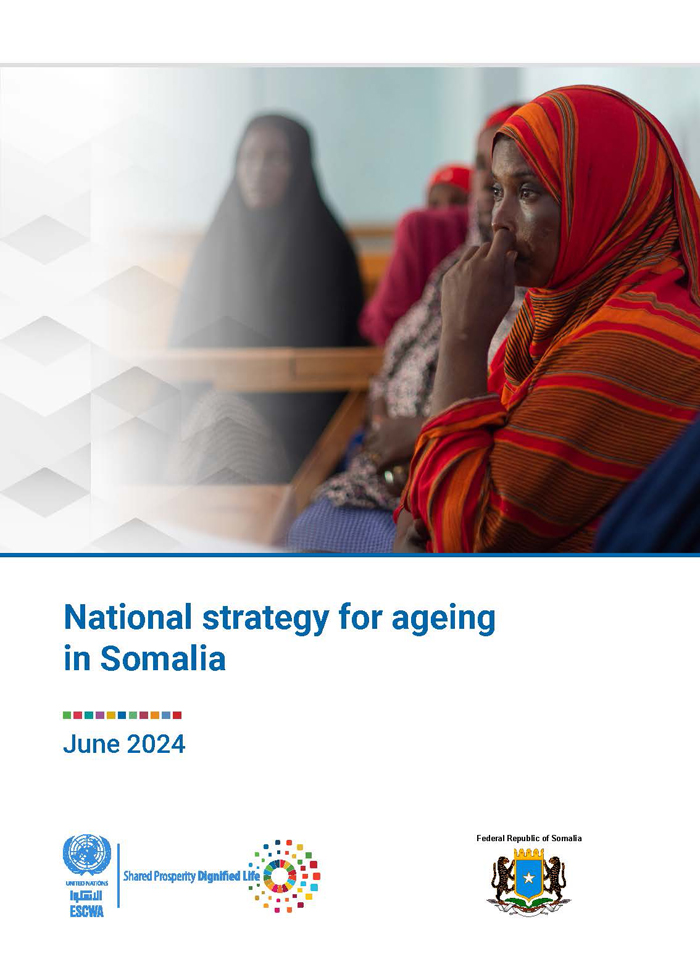
ESCWA Publication: E/ESCWA/CL3.SEP/2021/TP.7
Country: State of Palestine
Publication Type: Information material
Cluster: Gender Justice, Population and Inclusive Development
Focus Area: Inclusive development
Initiatives: Addressing multidimensional poverty
SDGs: Agenda 2030
Keywords: Poverty mitigation, Covid-19, Poverty
Nowcasting multidimensional poverty in the occupied Palestinian territory
June 2021
In this report, we propose a model to nowcast multidimensional poverty in Palestine. We follow the approach proposed in Makdissi (2020). Instead of calibrating the multidimensional poverty index trajectory, we model each dimension’s trajectory separately as some dimensions may be more affected than others by per capita GDP fluctuations, external shocks such as Covid-19, or Israeli occupation. We aggregate the overall change by assuming the stability of the copula, the function linking the ranks of the different dimensions. We use the Palestinian Consumption and Expenditure survey (PECS) for 2011 and 2016. One difficulty is that not all indicators included in the Palestinian multidimensional poverty index in 2016 appear in the 2011 wave of the survey. We propose a modeling approach to circumvent this issue. The simulation results show a significant increase in deprivation of dimensions such as freedom, safety, and quality of employment in Palestine from 2011 to 2016. The Covid-19 pandemic simulation suggests that deprivation in education may be an important contributor to multidimensional poverty in the future. Multidimensional poverty in 2020 seem to be relatively stable compared to 2019 but then increase in 2021 at level comparable to that during the 2014 war in Gaza. This indicates that in Palestine, political factors seem to be as important as the impact of a global pandemic on multidimensional poverty.
Related content
Inclusive development
,
In this report, we propose a model to nowcast multidimensional poverty in Palestine. We follow the approach proposed in Makdissi (2020). Instead of calibrating the multidimensional poverty index trajectory, we model each dimension’s trajectory separately as some dimensions may be more affected than others by per capita GDP fluctuations, external shocks such as Covid-19, or Israeli occupation. We aggregate the overall change by assuming the stability of the copula, the function linking the ranks of the different dimensions. We use the Palestinian Consumption and Expenditure survey (PECS) for 2011 and 2016. One difficulty is that not all indicators included in the Palestinian multidimensional poverty index in 2016 appear in the 2011 wave of the survey. We propose a modeling approach to circumvent this issue. The simulation results show a significant increase in deprivation of dimensions such as freedom, safety, and quality of employment in Palestine from 2011 to 2016. The Covid-19 pandemic simulation suggests that deprivation in education may be an important contributor to multidimensional poverty in the future. Multidimensional poverty in 2020 seem to be relatively stable compared to 2019 but then increase in 2021 at level comparable to that during the 2014 war in Gaza. This indicates that in Palestine, political factors seem to be as important as the impact of a global pandemic on multidimensional poverty.



